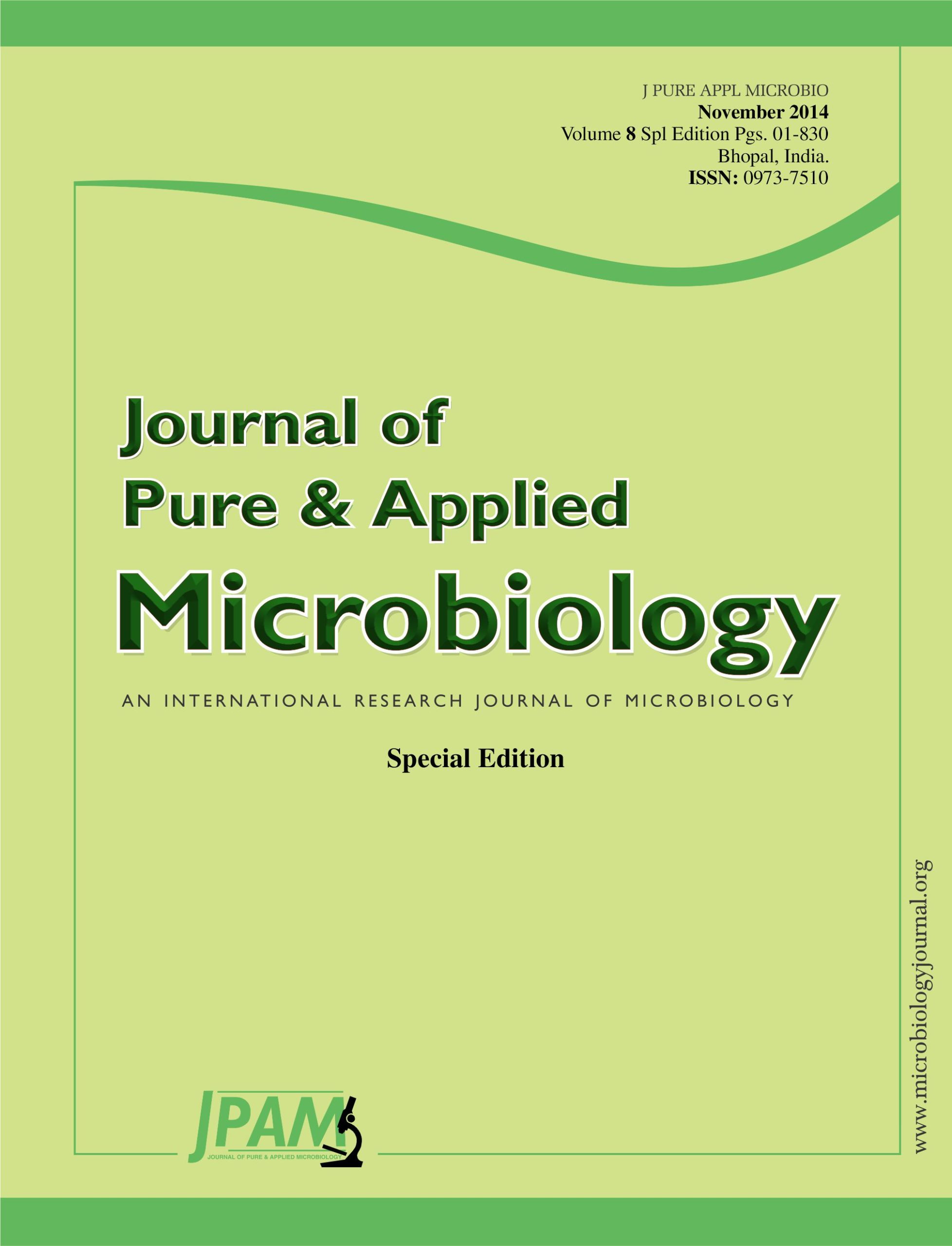Seeds of Acacia saligna were inoculated with Ectomycorrhizal (ECM) and germinated in seedbeds furnigated with methyl bromide. Rock phosphate was added to evaluate the effect of mycorrhizae on increasing the available phosphorus to the plants. Growth and mineral content were determined after two growing seasons. The obtained results indicated that addition of mycorrhizae to the soil increased the growth, and that better growth was obtained by adding the rock phosphate to the soil. The N, P and K content of inoculated seedlings was 3-5 times higher than the control. Thus, the addition of rock phosphate in the presence of mycorrhizae resulted in more accumulation of the N, P and K in the plants.
Acacia saligna, Ectomycorrhizal, Growth, Mineral Nutrition
© The Author(s) 2014. Open Access. This article is distributed under the terms of the Creative Commons Attribution 4.0 International License which permits unrestricted use, sharing, distribution, and reproduction in any medium, provided you give appropriate credit to the original author(s) and the source, provide a link to the Creative Commons license, and indicate if changes were made.


